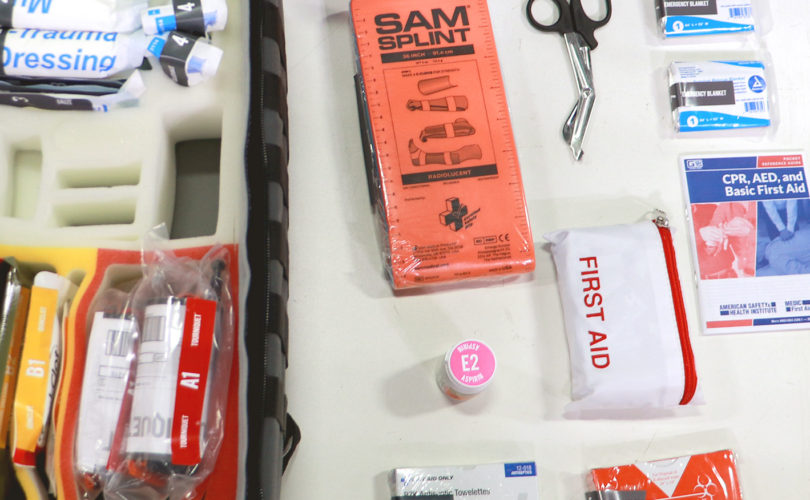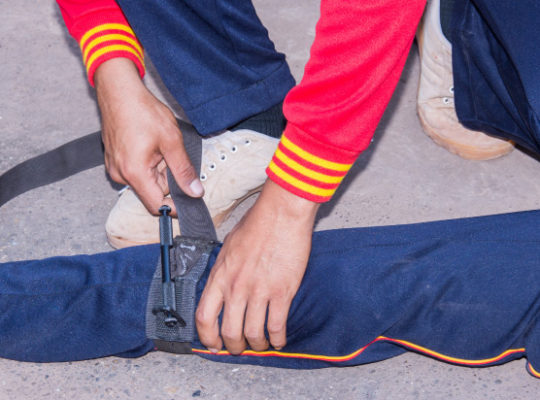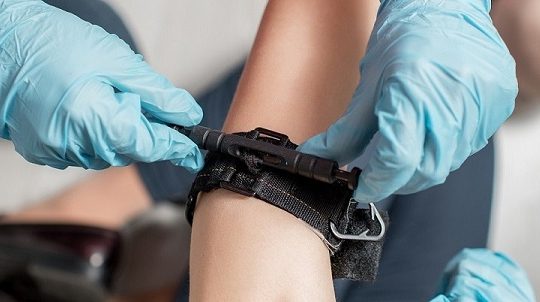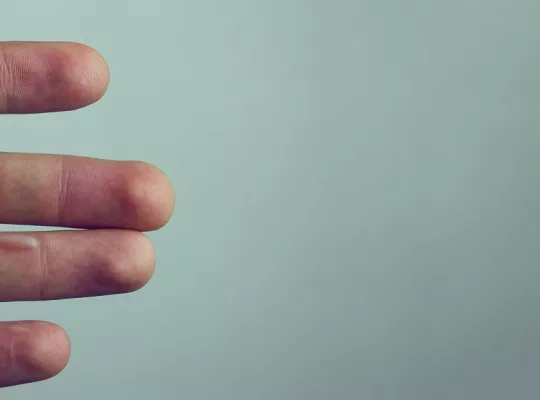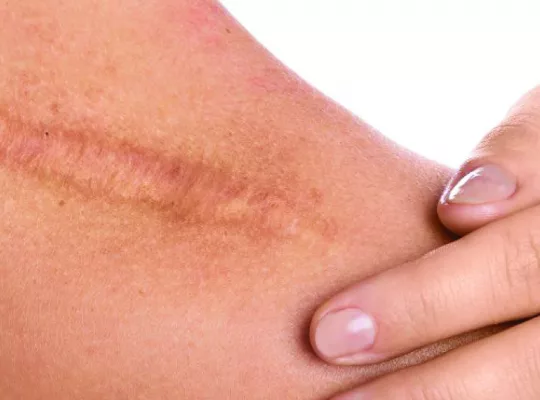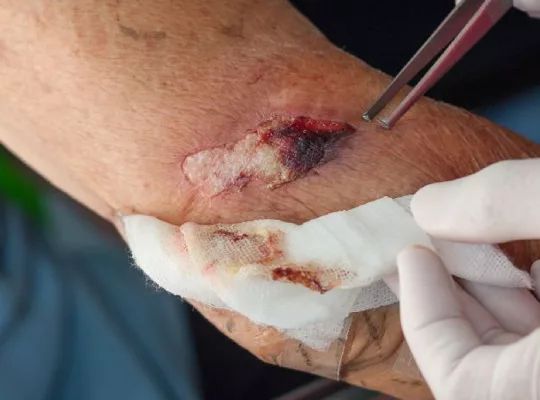Unless you know some of the vocabulary and terms that First Responders, Military, and survivalists use, you are likely unfamiliar with the term IFAK. An IFAK is an Individual First Aid Kit. IFAKs were initially developed for US military personnel as a way to reduce casualty rates in combat. Before integrating the IFAK Pouch, the only medical supplies a non-combat medic would carry was a trauma kit. In the event of an injury, personnel would have to seek medical help, causing combat medics to be spread thin during a conflict.
Since their introduction, military personnel are now able to treat themselves and others quickly and increase the chances of survival while waiting for medical help. IFAKs are designed to be compact, lightweight, and stored on a plate carrier or backpack. This allows personnel to address injuries quickly without being encumbered by a separate bag. For the military, IFAKs are equipped with the supplies needed to treat the most common injuries sustained during combat. These include: massive hemorrhage and airway and respiration issues.
IFAKs Vary
After the IFAK’s mass military integration, survivalists and First Responders have established their own versions of assembling an IFAK. These kits vary from fully stocked first aid kits that can be easily transported, to compact containers for life-saving items. These containers can be added to a kit already stocked with basic first aid supplies. Those who use IFAKs Kit keep the following items stocked and make sure no perishable items are expired.
Here at e-FirstAidSupplies, we stock all the materials necessary to put together an IFAK, including the same products that military personnel are equipped with in the field. The main products in a military IFAK are:
Tourniquet
Following the Stop The Bleed campaign, we have been pushing the idea that every first aid kit can benefit from the inclusion of a tourniquet, but when it comes to multicam IFAKs, they are absolutely mandatory. Tourniquets are easy to apply and are extremely effective at stemming heavily bleeding limbs. While they are considered a last resort due to the risks associated with cutting off all blood flow to a limb, they can increase the probability of surviving a fatal injury.
Chest Seal
A chest seal is a specialty device useful for protecting stab and gunshot wounds drainage by allowing blood and air to flow out of the wound without reentry via a unique one-way valve. This prevents air and pressure from building in the chest cavity, which causes the lung to collapse. Some chest seals do not include the valve and instead create a complete seal around the wound. This design allows the seal to remain on the body despite exterior elements. While these are mainly military devices, carrying these around ensures you will be ready in the event of a pneumothorax injury (an injury that punctures the lung).
Airway Kit
The final mandatory item is an Airway Kit and tongue depressor which prevents the airway from being blocked and keeps the injured person from suffocating. If a person is unconscious, the tongue can roll back and block the windpipe, causing them to choke. Inserting a nasopharyngeal airway allows air to pass the obstruction. It is also helpful to have a water-based lubricant to make the inserting the device easier.
Including these three items ensures that you are ready for the most common severe injuries on a battlefield. You can carry all these airway kits in a combo bag while travelling.
Other first aid supplies that are often included in an IFAK, but not mandatory, are:
- Pressure Bandages – These serve a similar purpose to tourniquets, but without the risk of losing a limb. These bandages apply pressure directly to the wound instead of all of the veins and arteries like a tourniquet does.
- Trauma Gauze Dressings and tape – These are for topical wounds. Folding a large piece of gauze to the size of the wound will maximize absorption and protect the wound from infection while the tape helps keep the pressure applied and the gauze secure.
- CPR shields – Prevents transfer of bacteria while delivering life-saving mouth-to-mouth CPR.
- Betadine or other Antimicrobial/Antibacterial ointments are used to clean a wound and prevent infection.
Personal IFAKs
Beyond these suggestions, you can stock your IFAK with any first aid supplies you see fit. We also recommend packing adhesive bandages, scissors, at least one pair of medical gloves, and a small amount of OTC pain management products. The way you stock your IFAK is entirely based on how and when you will use it. If you are preparing for a disaster, you will want to have all of the emergency supplies above.

